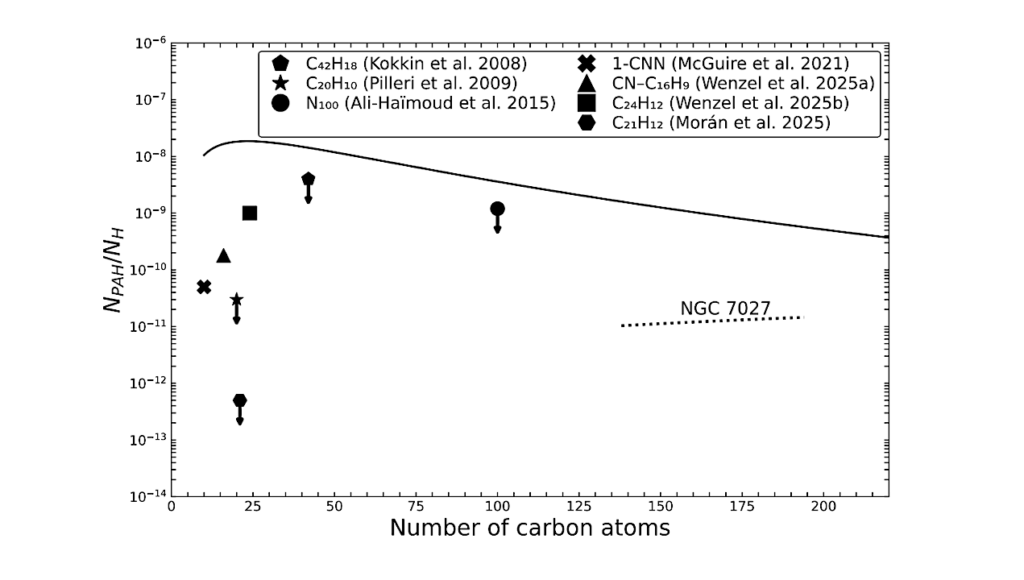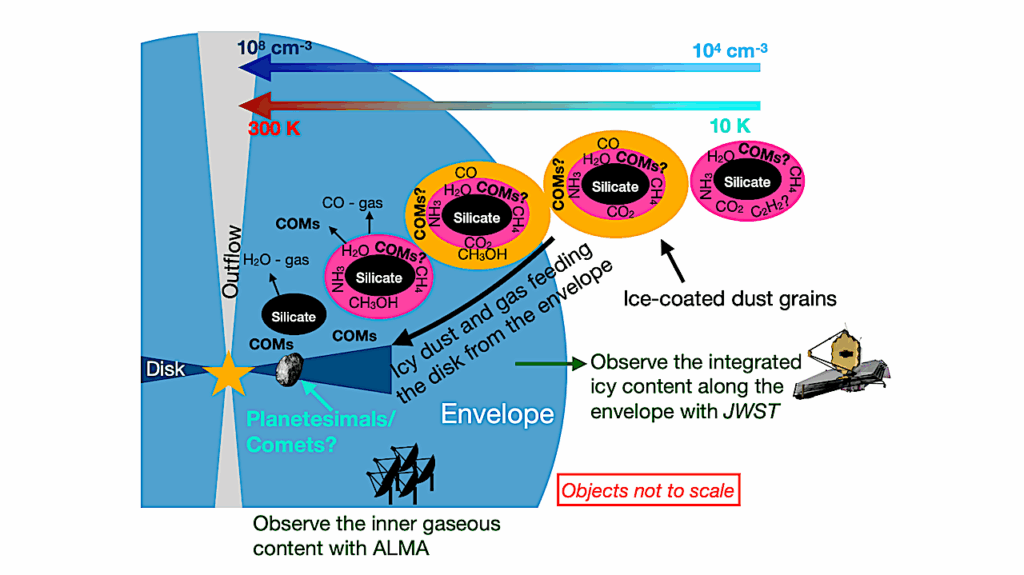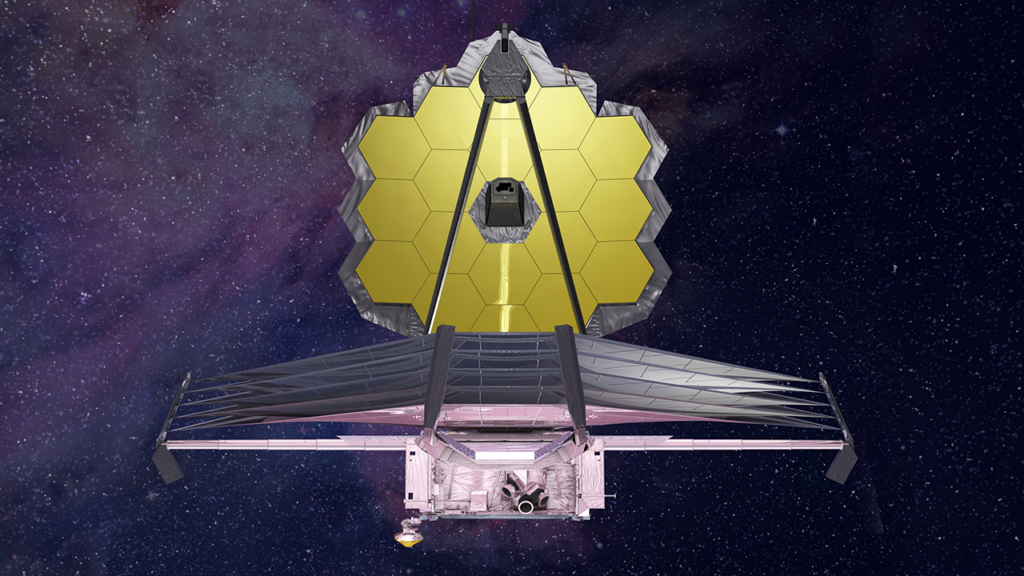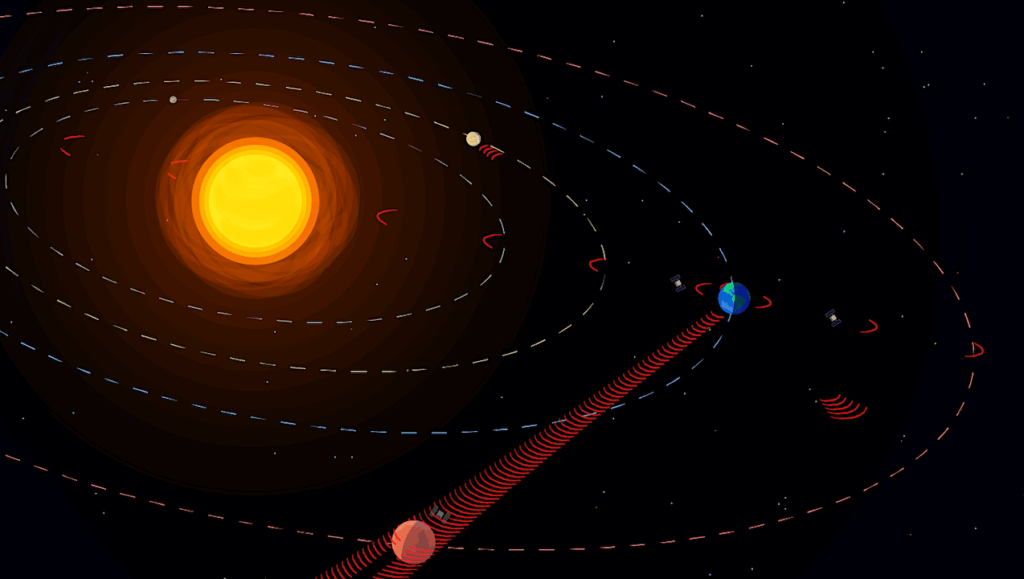Wolf 327b: A New Member Of The Pack Of Ultra-short-period Super-Earths Around M Dwarfs
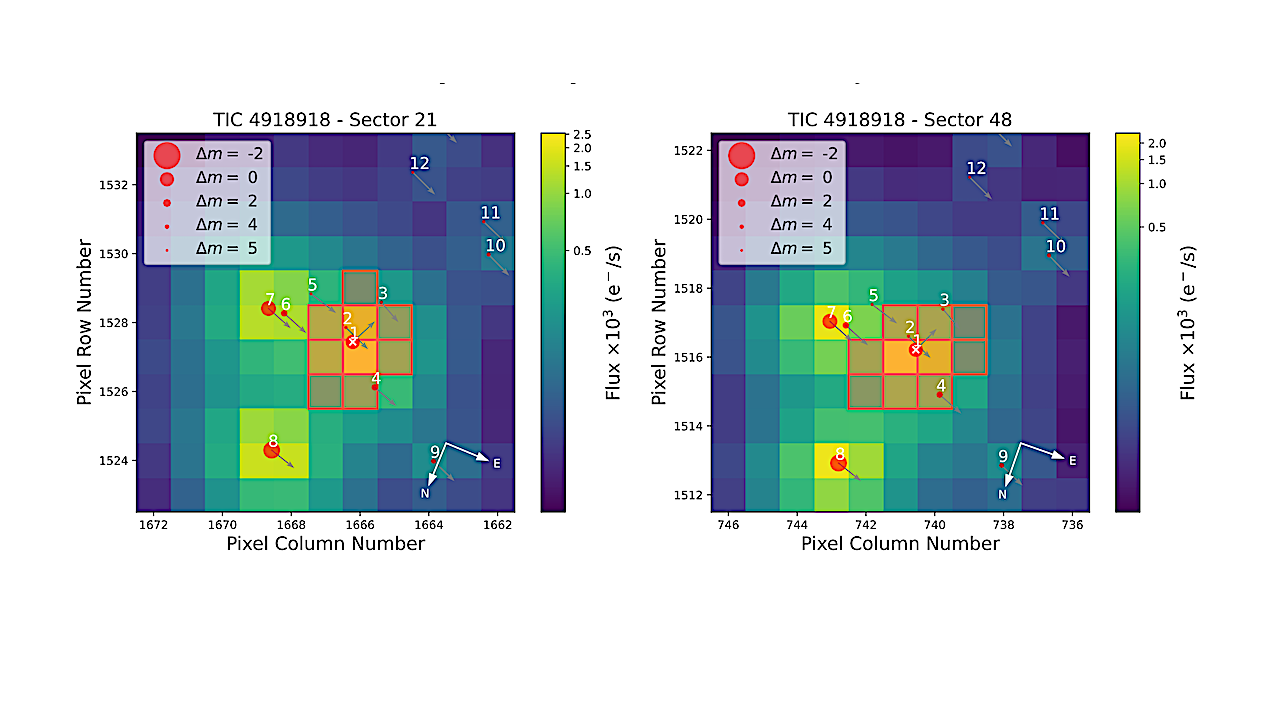
Planets with orbital periods shorter than 1 day are rare and have formation histories that are not completely understood. Small (Rp<2R⊕) ultra-short-period (USP) planets are highly irradiated, probably have rocky compositions with high bulk densities, and are often found in multi-planet systems.
Additionally, USP planets found around small stars are excellent candidates for characterization using present-day instrumentation. Of the current full sample of approximately 5500 confirmed exoplanets, only 130 are USP planets and around 40 have mass and radius measurements. Wolf 327 (TOI-5747) is an M dwarf (R⋆=0.406±0.015R⊙, M⋆=0.405±0.019M⊙, Teff=3542±70 K, and V=13 mag) located at a distance d=28.5 pc. NASA’s planet hunter satellite, TESS, detected transits in this star with a period of 0.573 d (13.7 h) and with a transit depth of 818 ppm. Ground-based follow-up photometry, high resolution imaging, and radial velocity (RV) measurements taken with the CARMENES spectrograph confirm the presence of this new USP planet.
Wolf 327b is a super-Earth with a radius of Rp=1.24±0.06R⊕ and a mass of Mp=2.53±0.46M⊕, yielding a bulk density of 7.24±1.66\,g cm−3 and thus suggesting a rocky composition. Owing to its close proximity to its host star (a=0.01 au), Wolf 327b has an equilibrium temperature of 996±22 K. This planet has a mass and radius similar to K2-229b, a planet with an inferred Mercury-like internal composition. Planet interior models suggest that Wolf 327b has a large iron core, a small rocky mantle, and a negligible (if any) H/He atmosphere.
F. Murgas, E. Pallé, J. Orell-Miquel, I. Carleo, L. Peña-Moñino, M. Pérez-Torres, C. N. Watkins, S. V. Jeffers, M. Azzaro, K. Barkaoui, A. A. Belinski, J. A. Caballero, D. Charbonneau, D. V. Cheryasov, D. R. Ciardi, K. A. Collins, M. Cortés-Contreras, J. de Leon, C. Duque-Arribas, G. Enoc, E. Esparza-Borges, A. Fukui, S. Geraldía-González, E. A. Gilbert, A. P. Hatzes, Y. Hayashi, Th. Henning, E. Herrero, J. M. Jenkins, J. Lillo-Box, N. Lodieu, M. B. Lund, R. Luque, D. Montes, E. Nagel, N. Narita, H. Parviainen, A. S. Polanski, S. Reffert, M. Schlecker, P. Schöfer, R. P. Schwarz, A. Schweitzer, S. Seager, K. G. Stassun, H. M. Tabernero, Y. Terada, J. D. Twicken, S. Vanaverbeke, J. N. Winn, R. Zambelli, P. J. Amado, A. Quirrenbach, A. Reiners, I. Ribas
Comments: 26 pages, 19 figures. Accepted for publication in A&A
Subjects: Earth and Planetary Astrophysics (astro-ph.EP); Solar and Stellar Astrophysics (astro-ph.SR)
Cite as: arXiv:2401.12150 [astro-ph.EP] (or arXiv:2401.12150v1 [astro-ph.EP] for this version)
https://doi.org/10.48550/arXiv.2401.12150
Focus to learn more
Submission history
From: Felipe Murgas
[v1] Mon, 22 Jan 2024 17:37:42 UTC (4,178 KB)
https://arxiv.org/abs/2401.12150
Astrobiology



